Solar plan set to shine
Australia’s appetite for solar continues to surge, driving everything from households and electric vehicles to mining projects seeking a cleaner future.
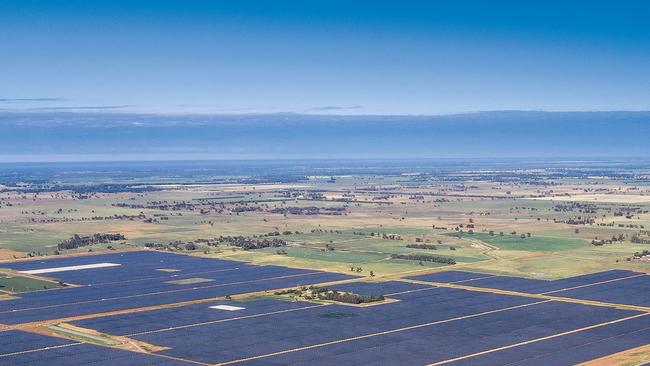
In 2011, on a typically sunny day in the Red Centre, the nation’s then largest sun-tracking solar farm was opened.
At the time the $6.6 million plant named Uterne – “bright sunny day” in the local Arrente language – was something of an engineering marvel. More than 3000 solar panels with a whole one megawatt of capacity were installed, with the ability to meet the power needs of 288 Alice Springs homes.
Just a decade later, and figures from consulting firm Globaldata tell the story of an industry which has undergone a quiet revolution, in a political environment which has, to put it mildly, been less than supportive.

The latest Globaldata report into the Australian solar photovoltaic market shows that the power output of the country’s installed solar arrays increased more than fortyfold in the 10 years from 2010 until 2020, up from just more than 400 gigawatt hours, to almost 19,000, delivered by a combination of residential and medium- to large-scale installations. Globaldata expects our total installed solar power generation will grow beyond
90 gigawatt hours by 2030, at a compound annual growth rate of 16.9 per cent. This will, if achieved, solidify solar as our dominant renewables player, with Globaldata predicting solar’s 69.02 per cent of the total renewable power installed capacity in 2020 will increase to 71.9 per cent by 2030.
The scale of solar installations these days, unsurprisingly, is many multiples of that original Uterne effort. Medium-scale solar projects of 100 megawatts or more are now commonplace, and at the extreme upper end, there is the enormous Sun Cable project, backed by billionaires Mike Cannon-Brookes and Andrew Forrest, which aims to generate 3.2 gigawatts of dispatchable energy using huge solar arrays in the Northern Territory, and provide up to 15 per cent of Singapore’s power.
See The List: 100 Green Power Players
And while both the large-scale and residential solar industries are now well established, Clean Energy Council chief executive Kane Thornton says there is a long runway for growth, with innovations such as home batteries, virtual power plants and the integration of electric vehicles providing new triggers for investment.
On the residential front, the nation passed a milestone in late 2021 with more than three million rooftop solar systems now installed. Figures from consultants SunWiz show a record number of installations in both 2019 and 2020, when 369,145 systems were registered for small-scale technology certificates.
Thornton says despite Australia leading the world in per capita uptake of solar power, the demand for rooftop solar just keeps strengthening.
“Last year was another record year. We’ve probably got another six to 10 million households to come in coming years,’’ he says. “That’s increasingly being driven by the economics, people wanting to reduce their power bills as much as it is environmental drivers.’’
The genesis of the residential solar industry is a classic story of government intervention to respond to a market failure. A decade ago, US Department of Energy figures show the median price per watt for residential and small-scale solar systems was $US6.13, with the Australian dollar close to parity at the time. To defray the cost of installations, state governments paid generous feed-in tariffs to early adopters – as much as 60 cents per kilowatt hour in Victoria – which have been phased out as the price of solar panels dropped.
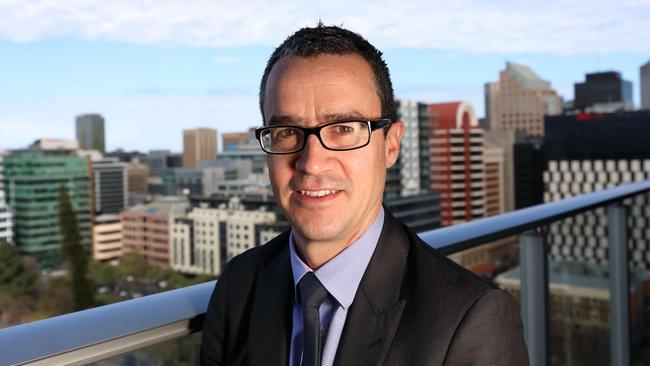
The per-watt cost for a typical rooftop system in Australia has now fallen to about $1, making residential solar installations a compelling financial investment even without government support, Thornton says.
THE NEW GREEN ECONOMY
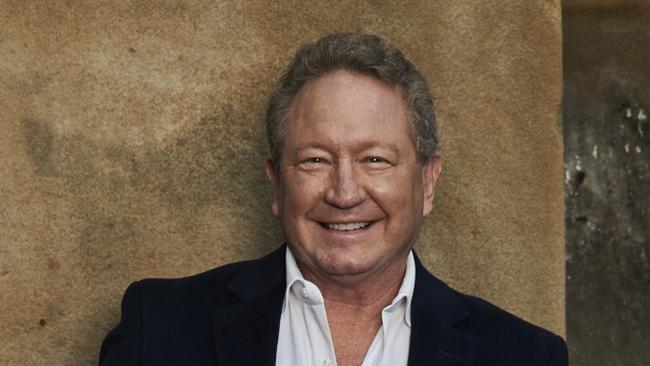
Twiggy’s green ambition put to the test
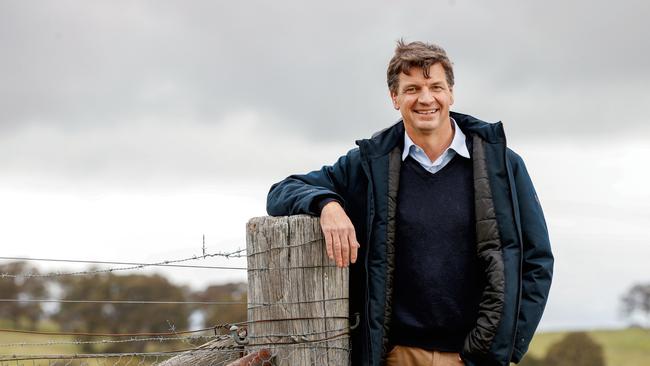
‘Cats can be herded if there’s a clear goal’: Angus Taylor

‘It’s our responsibility to be the adults’: Wikramanayake gets real
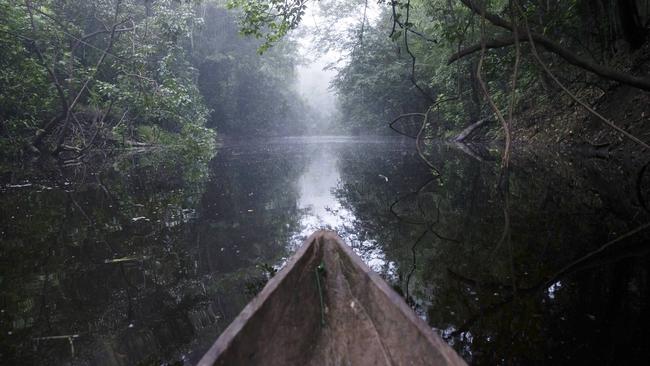
Is nature really at the centre of the ‘green dream’?
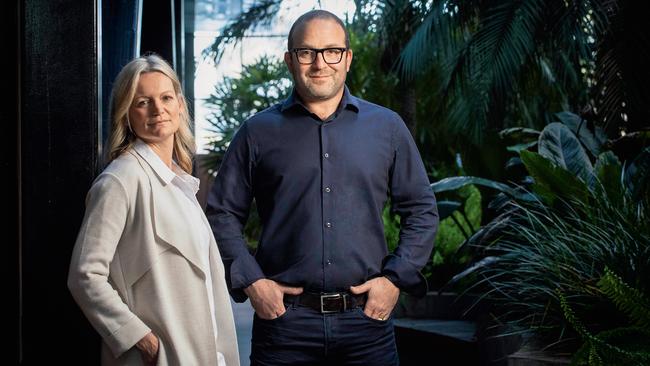
Rich-listers embrace climate shift

Why climate change is a business opportunity
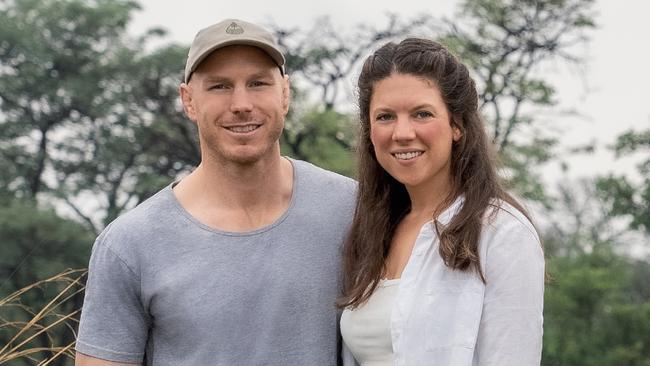
Rugby great takes climate fight to Canberra

Billionaire piles pressure on big Aussie polluters

Could your car power your house one day?

Cameron Adams on being a DJ loving climate warrior
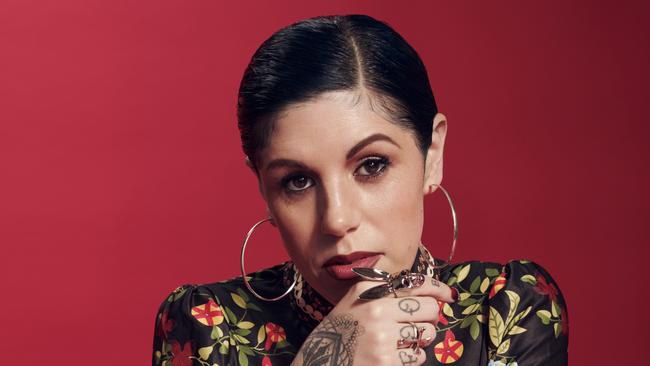
The Australian names to know in sustainable food and wine

Alan Finkel: ‘Technology is enabled by government’

Climate solution may lie beneath our feet

Is this the cure for electric vehicle range anxiety?

Solar plan set to shine

Six boundary-pushing tech innovations

Can an office be sexy … and sustainable?

The Australian denim brand leading the charge
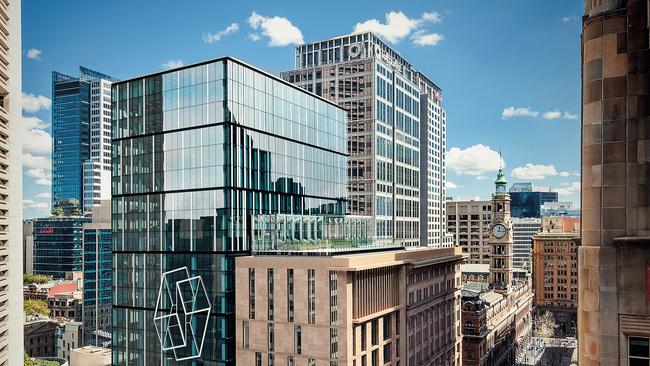
Sky’s the limit: Inside Australia’s greenest buildings

Living sustainably is harder than it looks

Skincare brands put planet before profit
A swath of pioneering skincare brands are setting new low-impact benchmarks in the process.
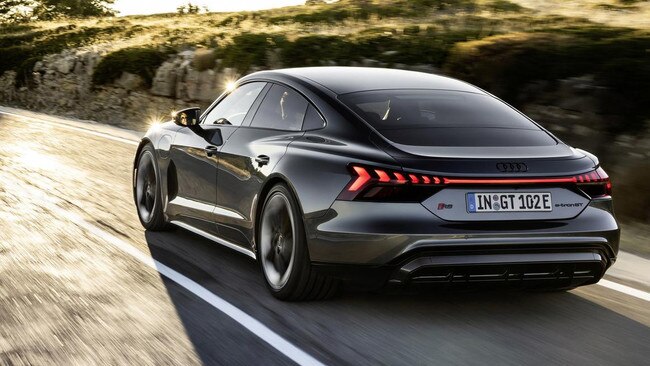
Solid-state batteries ‘will secure EVs’ future’

The fashion innovators to know in 2022
The inevitable shift to electric vehicles, and away from at-home gas use make households increasingly likely to pay closer attention to their electricity needs, Thornton says. “That in itself is driving people to say, ‘What size solar system should I have and should I increase the size of it or get it tweaked to match the electricity demand I have in my home?’.’’
The complexity of the interaction between household solar arrays, home batteries, electric vehicles and the electricity grid is an opportunity for new product development and entrepreneurship in the software space, he says. “The interface between those technologies, about when do they use their electricity, when are they home, when do they run the pool pump, exporting to the grid when prices are high ... all of that potential for optimisation presents an opportunity.’’
Commercially, Thornton says it has been “an extraordinary decade’’ of growth for utility-scale solar, with companies such as France’s Neoen, which was involved in Tesla’s groundbreaking big battery in South Australia, pouring billions into the sector.
“... A decade ago we talked about the energy majors being Shell and BP, now increasingly the energy majors are companies such as Italy’s Enel and Spain’s Iberdrola which are global renewable energy companies.’’
Iberdrola is active in Australia, with BHP in October announcing a partnership to halve the emissions from its Olympic Dam mine in South Australia by 2025, by purchasing power from the Spanish firm’s Port Augusta Renewable Energy Park (PAREP). The PAREP is expected to start generating electricity this year, and includes 50 wind turbines and 250,000 solar modules. It will produce almost 320 megawatts of power, making it Australia’s largest solar-wind hybrid plant.
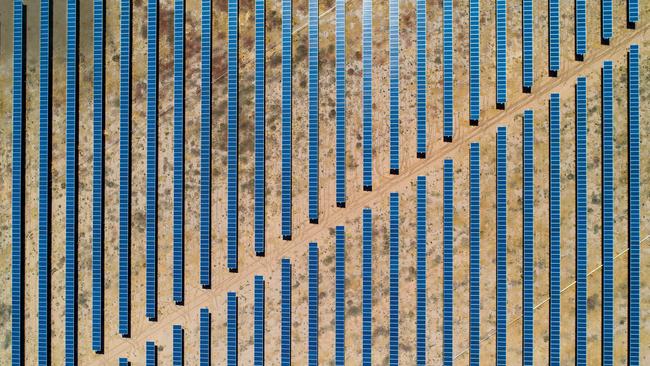
Iberdrola’s national footprint encompasses solar projects, wind farms and gas turbines across all of mainland states, and includes NSW’s in-development Avonlie Solar Farm, with its 450,000 solar panels. Enel Green Power owns the 137-megawatt Bungala One solar plant in SA, the 137-megawatt Bungala Two plant, and the 34-megawatt Cohuna plant in regional Victoria.
There are also local companies such as Maoneng, which cut its teeth in residential solar in 2010 before progressing to large-scale solar with the 13-megawatt Mugga Lane Solar Park near Canberra, and now a suite of large-scale solar and battery projects. Its Sunraysia utility-scale project in NSW has 255 megawatts of capacity with more than 750,000 solar modules.
Maoneng co-founder Morris Zhou says the company funded the Mugga Lane project and brought in UK investors on the $350 million Sunraysia project.
“We bring in equity partners beside us project by project,’’ he says.
Zhou says in terms of investment, the renewables market in Australia is still “probably at its early stage’’.
In total, the country has gone from about 15 per cent of electricity from renewables about four years ago to more than 30 per cent by the end of 2021, says Thornton.
“With what’s already being constructed we’re charging towards 40 per cent and 50 per cent,” says Thornton. “I think what’s become clear right around the world is that the transition’s on and it’s just a matter of how the government manages it and coordinates it.’’
But Ben Cerini, Cornwall Insight Australia principal consultant, says returns for solar are diminishing because of its prevalence. The trend will likely continue until the late 2020s when a number of large coal assets begin to retire and prices again recover.

“Increasing penetration of EVs [electric vehicles] and smart intraday charging also assists in shifting load to the middle of the day and subsequently increases solar-captured prices from the 2030s,” he says. “Accordingly, we are seeing a lot of new-build solar seeking to co-locate with storage assets or for current solar farms looking to add storage as a mechanism for shifting the energy from middle of the day into higher-priced periods, reducing generation lost from curtailment.
“In the next couple of years, there are a number of large-scale solar farms that we would expect to be constructed in Queensland and South Australia, after which we expect very little large-scale solar gets built.
“Conversely, in NSW and Victoria, to meet the NSW Roadmap and the Victorian Renewable Energy Target targets, we expect that there will be consistent solar build out to 2030 to meet these targets.’’
Cerini says the complexity of operating large-scale solar in the National Electricity Market (NEM) had brought some large-scale players undone. Similarly, the market operator is increasingly concerned by the phenomenon where rooftop solar at times generates so much surplus energy that demand then falls near zero.
The Australian Energy Market has said solutions being worked on in SA were now “required urgently” in Victoria and promptly in Queensland. Minimum demand in Victoria is projected to fall from 3000 megawatts in 2019–20 to periods of negative demand by 2027–28 thanks to a surge in rooftop solar uptake, partly triggered by the state’s solar-panel subsidy scheme.
“New issues are also arising in the NEM that can make investment more challenging, including the introduction of new markets, new bidding requirements, new settlement periods, new private transmission ownership and access regimes, and evolving Renewable Energy Zones access policy,” Cerini says.
“State-based incentive schemes are not in themselves issues, but they increase uncertainly, and uncertainty increases risk, and risk increases the cost of capital.’’


To join the conversation, please log in. Don't have an account? Register
Join the conversation, you are commenting as Logout